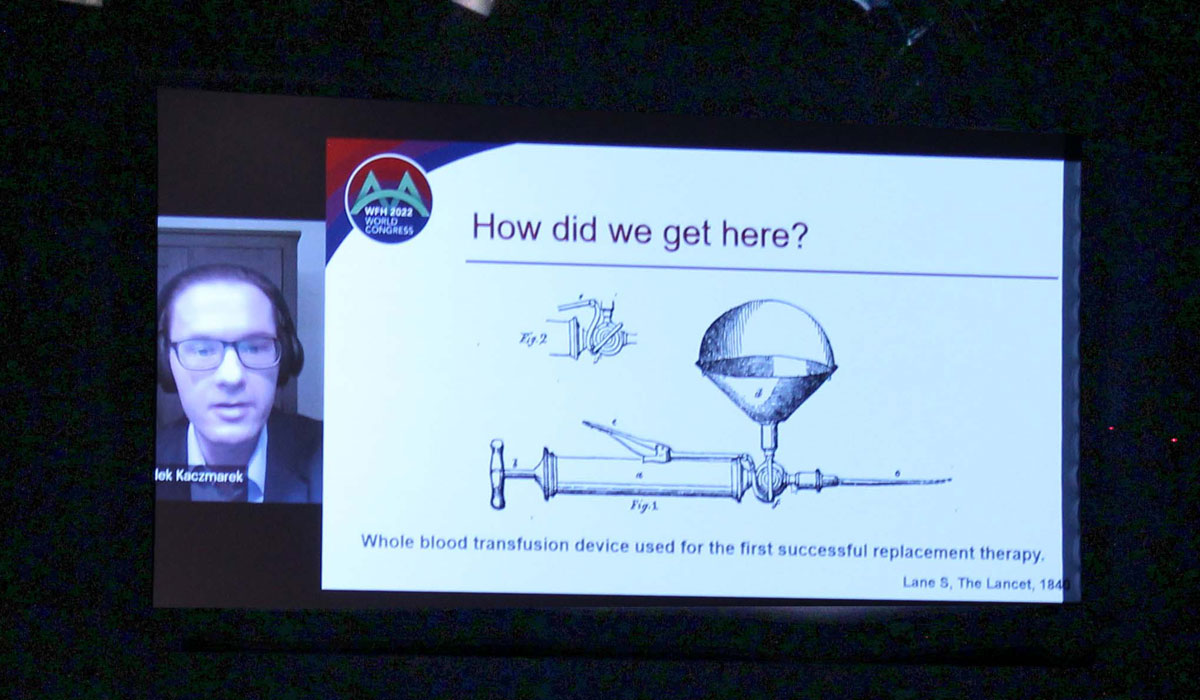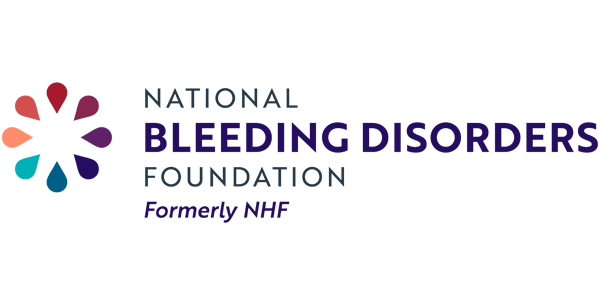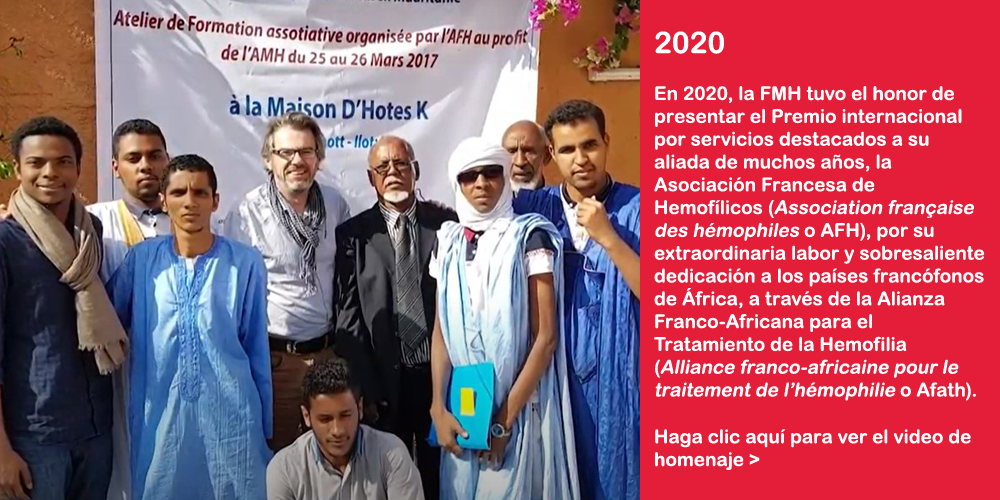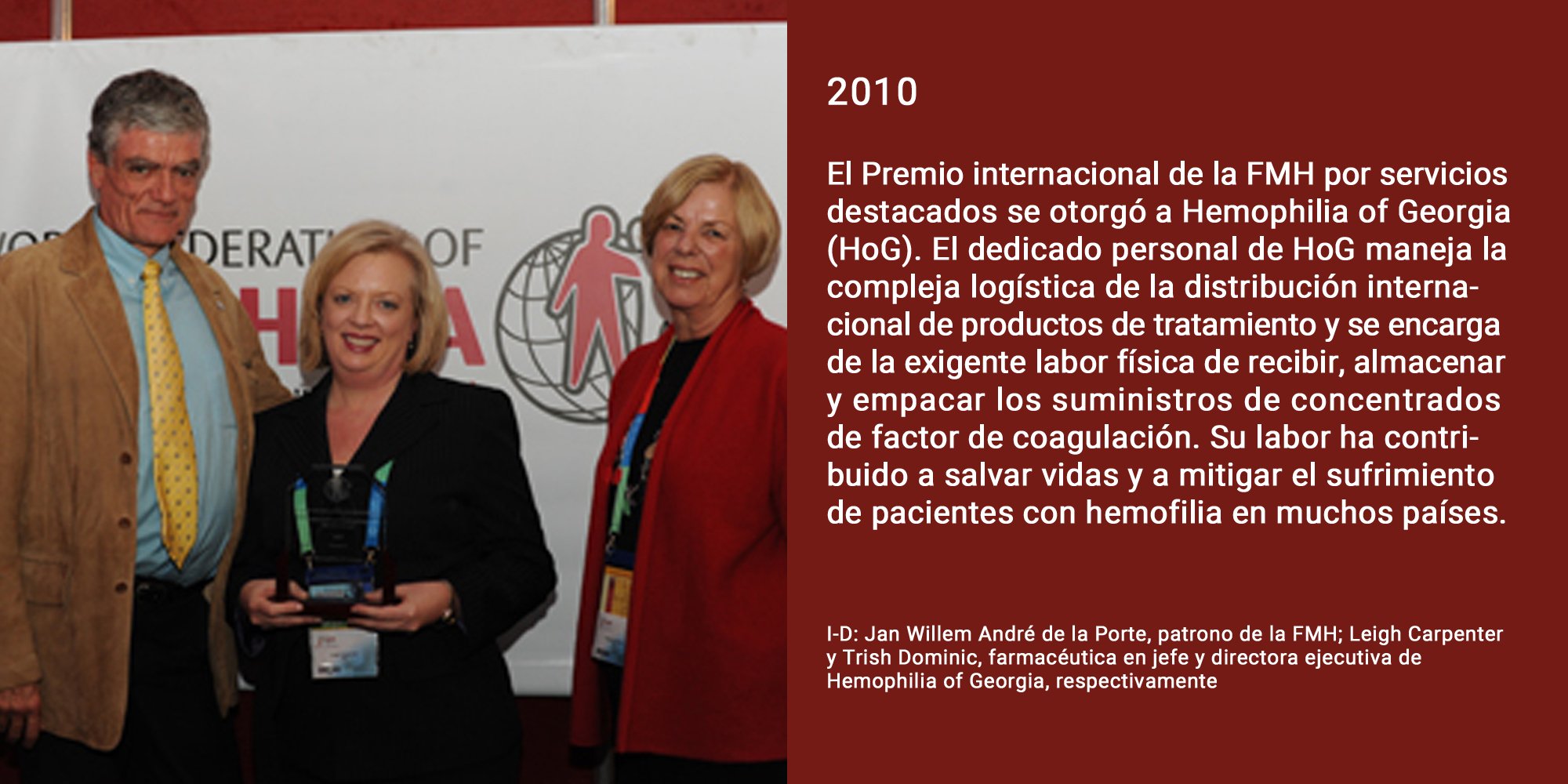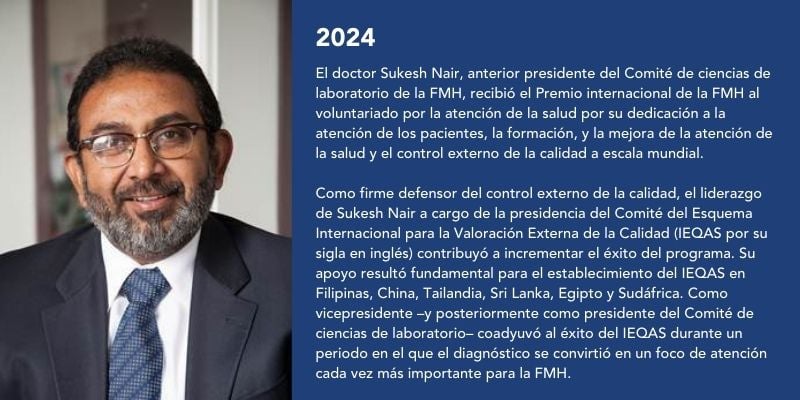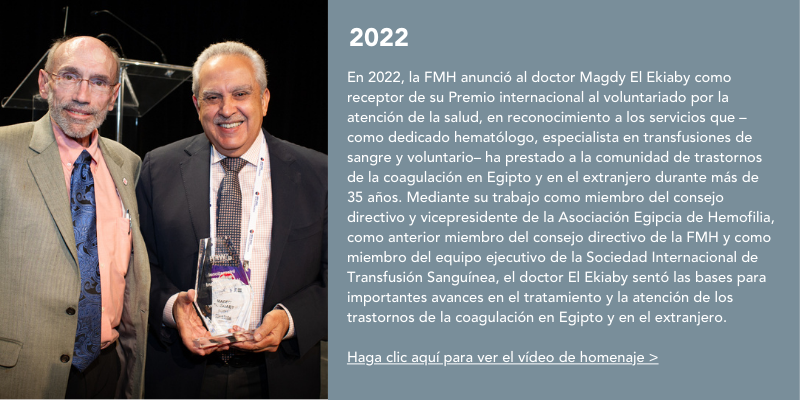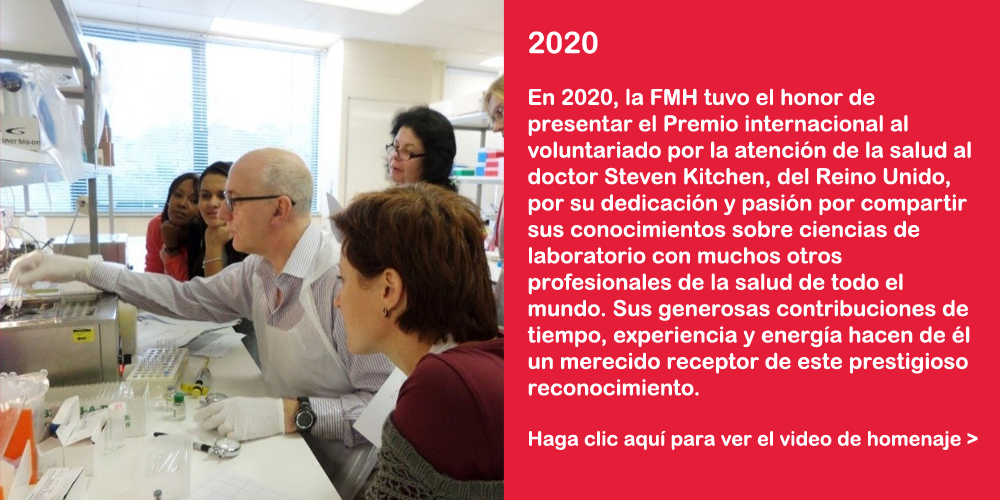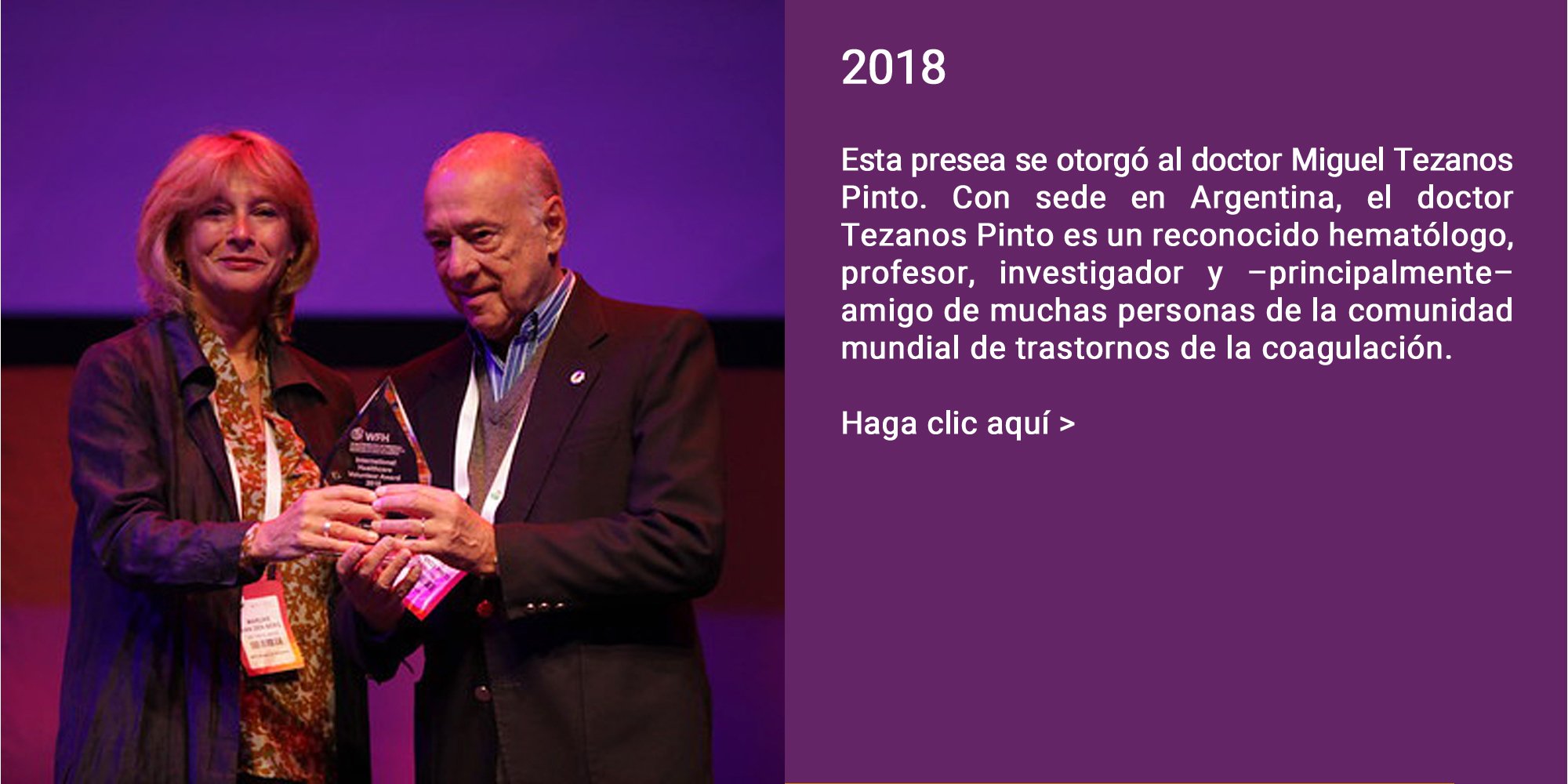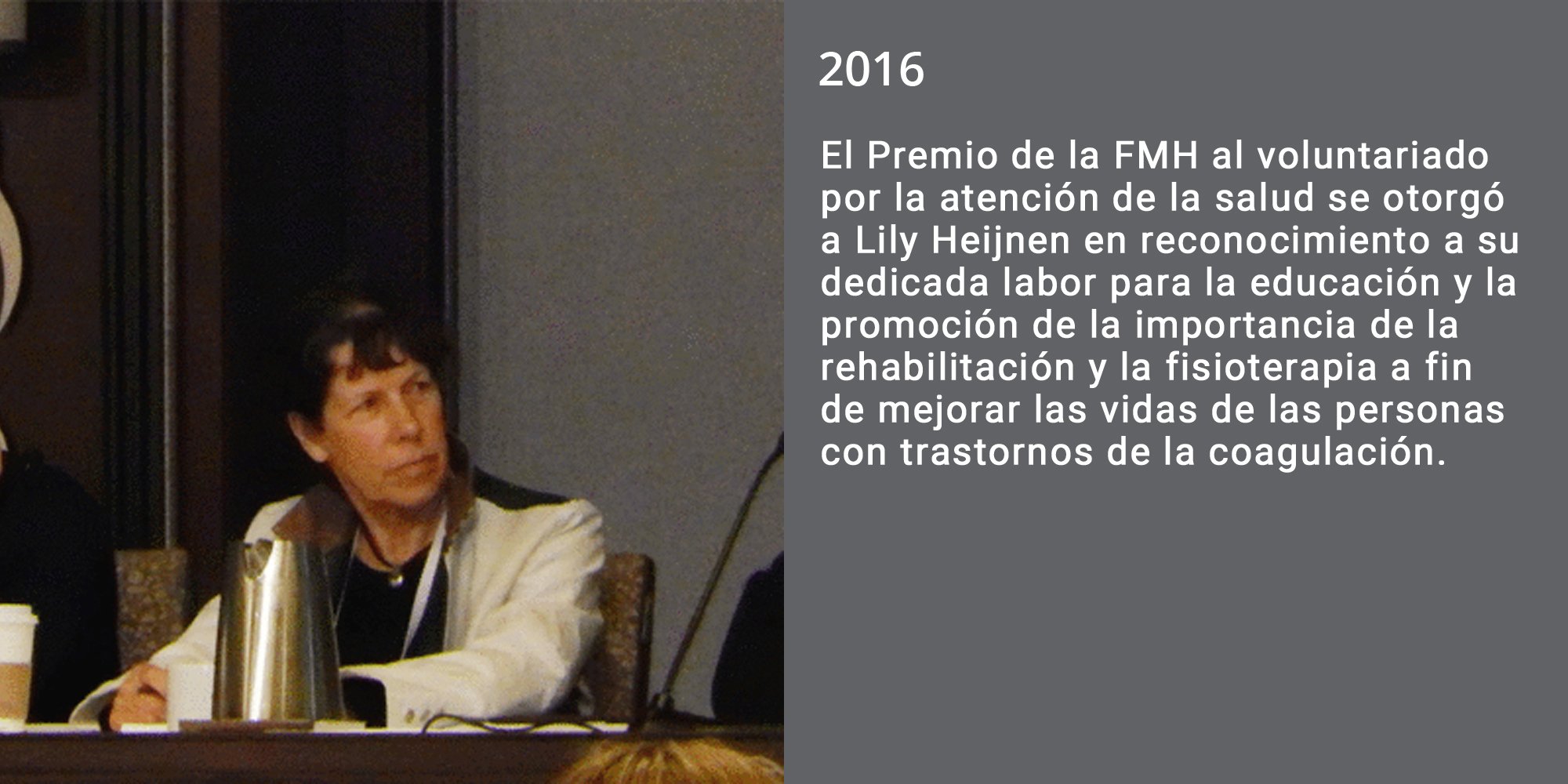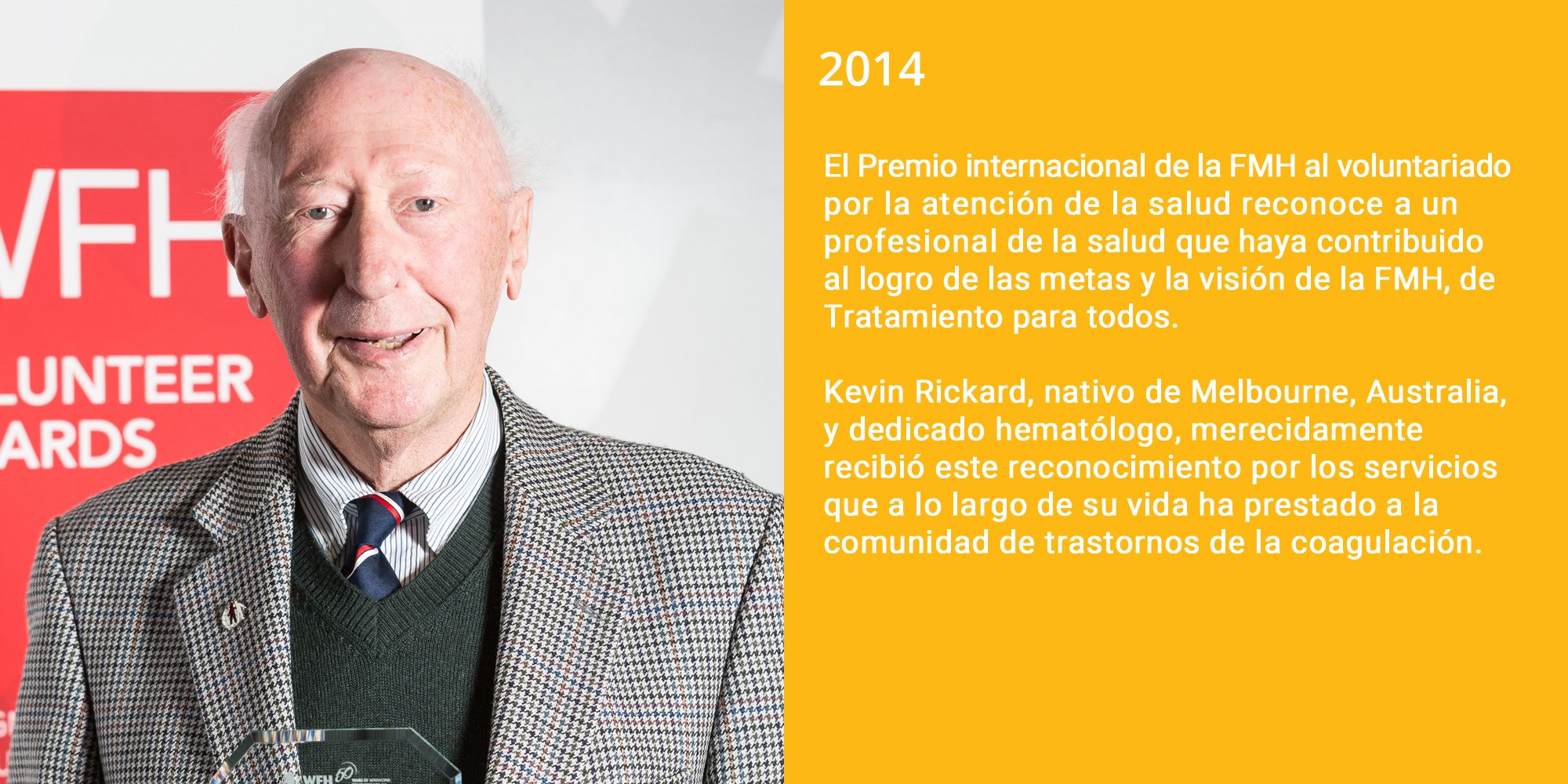At the WFH 2022 World Congress in Montreal, Canada, the plenary “Gene therapy – are we ready now?” looked at what our prospects are with this exciting new medical avenue. The event’s speaker was Radek Kaczmarek, Postdoctoral Research Associate, Gene and Cell Therapy Group, Wells Center for Pediatric Research, Indiana University School of Medicine, U.S.A, and WFH Coagulation Product Safety, Supply, and Access (CPSSA) Committee chair (Poland/U.S.A.).
Kaczmarek covered a brief history of hemophilia treatment, from whole blood and plasma treatment, to cryoprecipitate, non-factor products, and gene therapy. He said the questions we must ask ourselves about gene therapy revolve around variability, reliability, durability, tolerability, and visibility (transparency). Kaczmarek also covered core outcomes, such as frequency of bleeds, factor activity level, duration of expression, chronic pain, utilization of the healthcare system, and the mental health of the patient.
The advance of gene therapies toward commercialization has outpaced our fundamental biological understanding of AAV gene transfer in humans. The issues that now need more attention are pre-existing immunity, immune responses, and immunosuppression; degradation of AAV capsid load; unfolded protein response (FVIII); poor transduction efficiency (necessitates high vector doses); data sharing; vector integration; standardization of assay; and reducing uncertainty.
Collaboration is critical to a successful outcome for gene therapy, says Kaczmarek, which is why it’s significant that a core outcome data set to facilitate the lifelong monitoring of safety, efficacy, and durability outcomes has been agreed upon and used to develop the WFH Gene Therapy Registry by the WFH in collaboration with ISTH SSC, EHC, NHF, ATHN, industry partners and regulatory partners.
A big question: does the state of the art match the dream? Kaczmarek says it might, but several patient subgroups miss out, such as females, children, inhibitors, people with pre-existing immunity, those who are geographically disadvantaged, etc. All of this presents a unique challenge for healthcare practitioners (HCPs) who will be introducing and delivering it to the patients.

